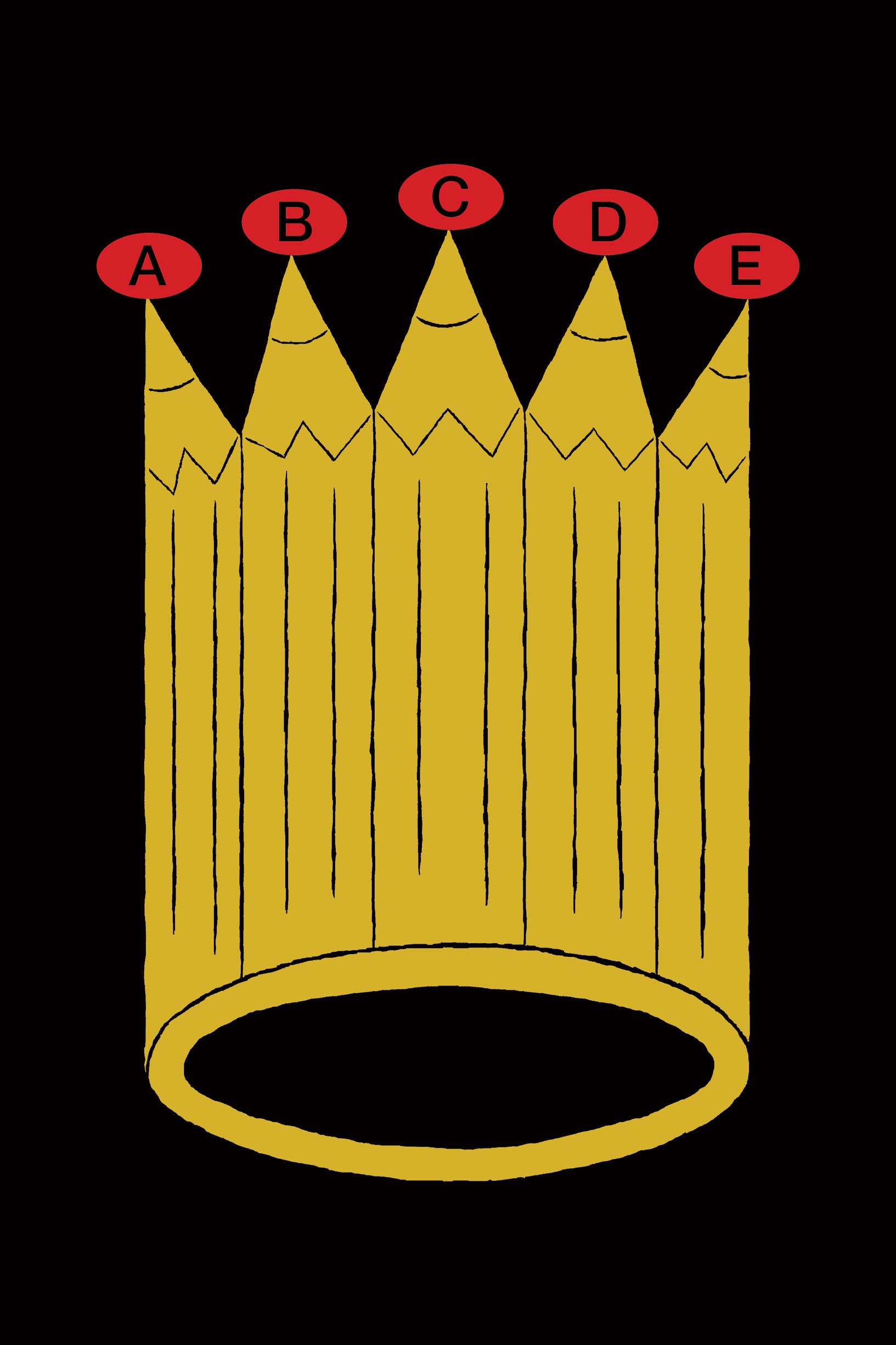For Lani Guinier, the mission of higher education is—or should be—democracy.
Speaking about her new book, “The Tyranny of the Meritocracy: Democratizing Higher Education in America,” the civil rights attorney and Harvard Law professor explained that “the goal is not just to educate the elite, but to educate the citizenry, and to educate the citizenry in a way that will not only benefit the individuals who are at the schools, but will also benefit a broader segment of society.”
Guinier has been writing about democracy and exclusion for decades. In “The Tyranny of the Majority” (1994), she noted that voting rights alone had failed to yield policies that improved the lives of minorities, and she proposed a cumulative voting system involving multiple representatives of single districts, with each individual voter having a number of votes to cast. In “Becoming Gentlemen” (1997), she and her co-authors documented ways in which women were failing to thrive in the traditional law school classroom and proposed collaborative, problem-solving-based teaching approaches as remedies. In “The Miner’s Canary” (2002), she and Gerald Torres argued that the experiences of minorities can inform the analytical and political bases for positive social change for all Americans. And in “Who’s Qualified?” (2001), she and Susan Sturm made the case that our reliance on admissions tests like SATs and LSATs is flawed: They are poor predictors of future success; they disproportionately benefit students from privileged backgrounds; and affirmative action, the standard remedy for the monochromatic student body that these tests draw, merely perpetuates the problem.
“The SAT is actually more reliable as a ‘wealth test.’”
In “The Tyranny of the Meritocracy,” Guinier builds on the idea that standardized test-based admissions reinforce a status quo stacked against the disadvantaged. Guinier calls this a “testocracy.” “The SAT is actually more reliable as a wealth test than as a test of potential,” she writes. The success of higher education, she argues, should be measured not by the test scores of the students who enter the system, but by the work and service of the students who leave.
She’d like to see universities move from an emphasis on admission that’s reliant on faulty standardized tests to an emphasis on mission—a mission of expanding opportunity to students who are racially and economically diverse—and on building on their potential with mentoring and support once they are on campus.
Guinier believes this would serve individual students “and contribute to the conditions of a thriving democracy” by cultivating classes of “critical thinkers, active citizens and publicly spirited leaders.”

How it is accomplished in university classrooms, she said, is through peer-instruction, peer-collaboration and peer-support networks. When educators like Harvard physics professor Eric Mazur and University of Texas math professor Philip Uri Treisman shifted to this style of teaching in their classrooms, they found that all of their students—top and bottom—improved, that the achievement gap narrowed, and that the gender gap disappeared.
Guinier has taken a similar journey with her own teaching. “I wrote this book, in large measure, because of what I learned from my students,” she said.

In the early 1990s, when she was on the faculty of the University of Pennsylvania Law School, Guinier agreed to co-supervise a seminar on feminism that was proposed by some of her students. “It turned out to be a remarkable experience. The students were so invested in the course because they were in a position to help draft the assumptions and expectations and goals of the class,” she said. “I was just struck by the power of learning by teaching.
Today, Guinier said, in many of her courses at HLS, “I teach for at least a third of the class, meaning for the first three to four weeks, and then I work with small groups of students to facilitate the next sessions. So, they don’t have to spend their time listening to me talk; they are really learning by teaching.”
When diverse groups of students educate each other as peers, they become problem-solvers who know how to work together, and they are gaining the skills that they need to become participants in their democracy. “That’s the theme of the book,” Guinier said. “The power of collaboration.”
